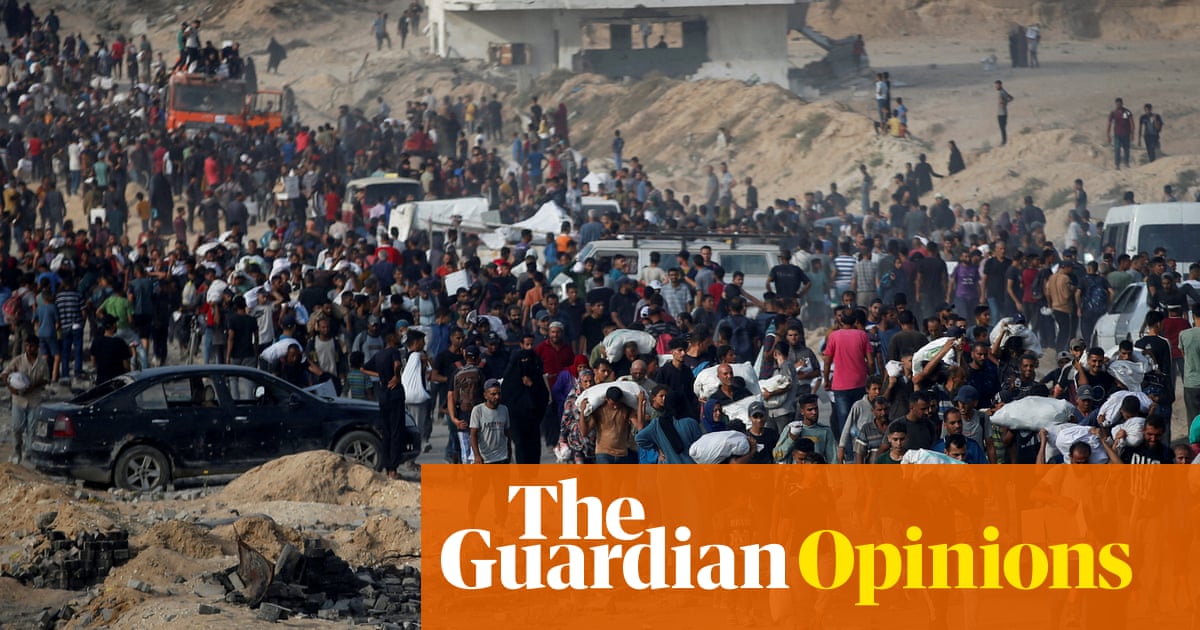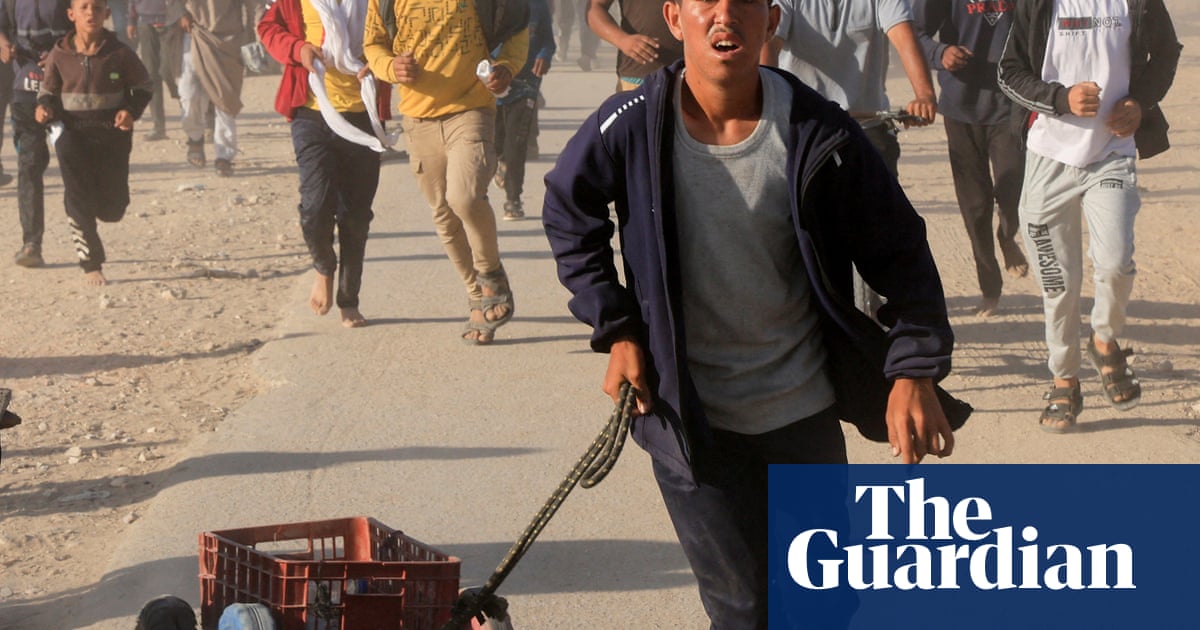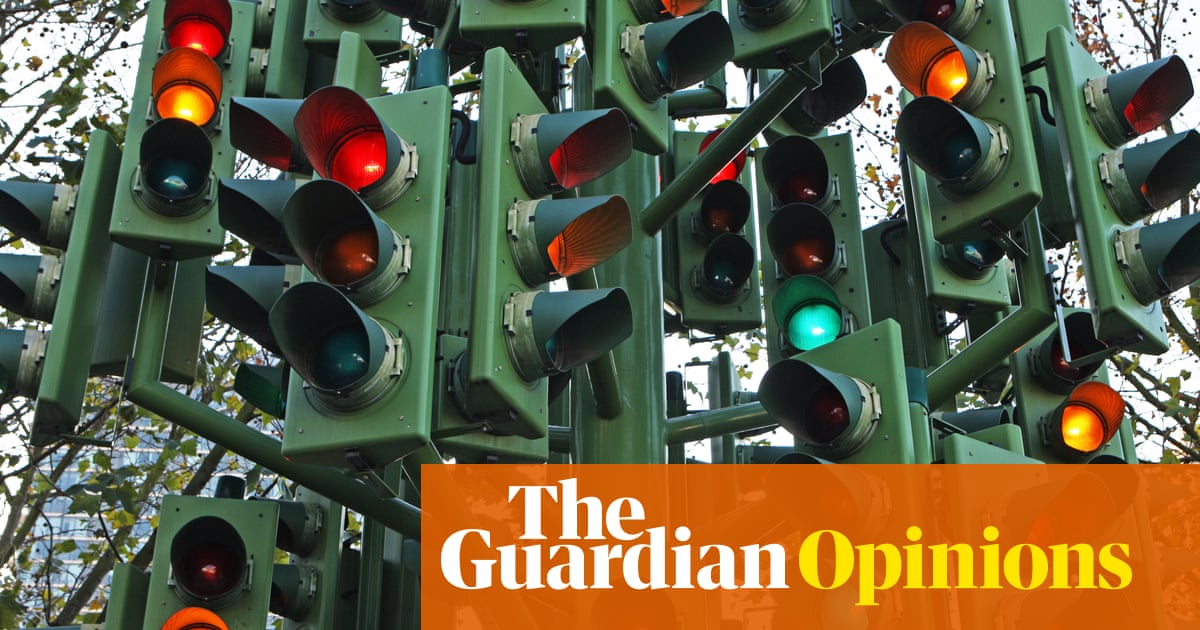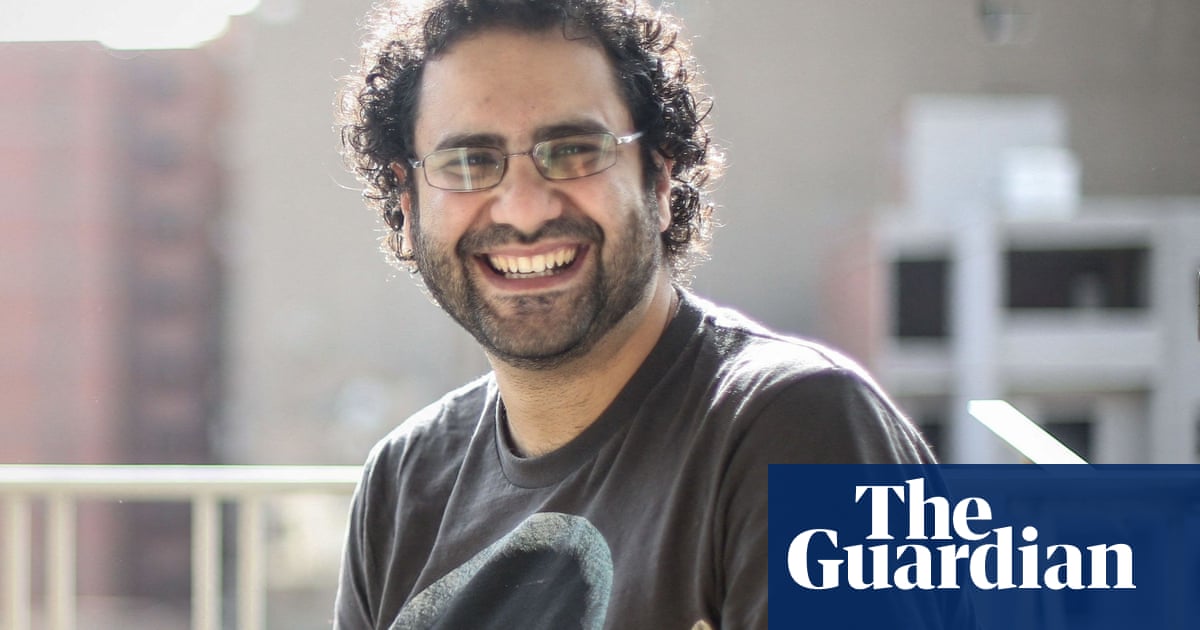Extreme poverty is accelerating in 39 countries affected by war and conflict, leaving more than a billion people to go hungry, according to the World Bank.
Civil wars and confrontations between nations, mostly in Africa, have set back economic growth and reduced the incomes of more than a billion people, “driving up extreme poverty faster than anywhere else”, the Washington-based body said.
Underscoring the breadth of conflicts beyond the Russia-Ukraine and Israel-Gaza wars, it said the 39 developing economies classified as being in fragile and conflict-affected situations are plagued by instability and weak institutions, “hindering their ability to attain the robust, sustained economic growth needed for development”.
In its first assessment of conflict zones since the Covid-19 pandemic began in 2020, the World Bank urged western governments to step up support for war-torn countries to end the conflicts and rebuild vital institutions.
Since 2020 the level of national income per head of population has shrunk by an average of 1.8% a year in the affected countries, while it has expanded by 2.9% in other developing economies, the report found.
The World Bank, which lends to poor nations to promote stable economic growth, said acute hunger was increasing and development goals set by the United Nations were now “further out of reach”.
The report said: “This year, 421 million people are struggling on less than $3 a day in economies afflicted by conflict or instability – more than in the rest of the world combined. That number is projected to rise to 435 million, or nearly 60% of the world’s extreme poor, by 2030.”
The number of deaths in wars and conflicts across the world was stable before the 2008 banking crisis, which forced many developing countries to cut back welfare and education programmes to pay for rising debt payments.
The report said the average number of such fatalities was about 50,000 between 2000 and 2004 and even lower between 2005 and 2008, but then there was an increase to more than 150,000 in 2014. Since the pandemic the number of deaths in conflict has averaged 200,000, reaching more than 300,000 in 2022.
“For the last three years, the world’s attention has been on the conflicts in Ukraine and the Middle East, and this focus has now intensified,” said Indermit Gill, the World Bank Group’s chief economist.
“Yet more than 70% of people suffering from conflict and instability are Africans. Untreated, these conditions become chronic. Half of the countries facing conflict or instability today have been in such conditions for 15 years or more. Misery on this scale is inevitably contagious.”
He said of the 39 economies currently classified as facing conflict or instability, 21 are in active conflict.
Several major donors to investment programmes across the developing world have reduced their funding in recent years, including the UK and the US.
after newsletter promotion
Some philanthropic organisations, including the Bill Gates Foundation, have said they cannot increase funding to fill gaps left by governments, leaving many countries to scramble for funds to pay loan interest payments.
According to the report, the extreme-poverty rate has fallen to 6% on average across all developing world countries. However, in economies facing conflict or instability the rate is nearly 40%.
The 39 countries have a rate of national income per head of $1,500 (£1,282) a year, “which has barely budged since 2010 – even as GDP per capita has more than doubled to an average of $6,900 in other developing economies,” the report said.
Joining the army of local militia can also be an attractive option for young men and women. In 2022, the latest year for which such data was available, more than 270 million people were of working age in these economies, yet fewer than half were employed.
“The global community must pay greater attention to the plight of these economies,” said M Ayhan Kose, the World Bank Group’s deputy chief economist.
“Jumpstarting growth and development here will not be easy, but it can be done – and it has been done before. With targeted policies and stronger international support, policymakers can prevent conflict, strengthen governance, accelerate growth, and create jobs.”

 6 hours ago
2
6 hours ago
2

















































